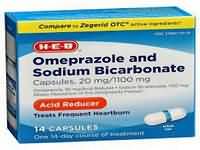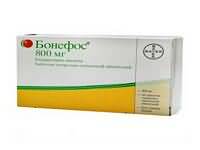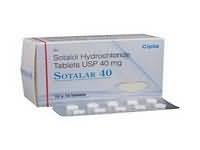Deferiprone

Deferiprone
CLINICAL USE
Orally administered chelator:Treatment of transfusional iron overloadDOSE IN NORMAL RENAL FUNCTION
25 mg/kg 3 times daily. Maximum 100 mg/kg dailyPHARMACOKINETICS
DOSE IN RENAL IMPAIRMENT
GFR (mL/MIN)
DOSE IN PATIENTS UNDERGOING RENAL REPLACEMENT THERAPIES
IMPORTANT DRUG INTERACTIONS
Potentially hazardous interactions with other drugsNone knownADMINISTRATION
Reconstition
–Route
OralRate of Administration
–Comments
–OTHER INFORMATION
Deferiprone is hepatically metabolised (>85%) to predominantly glucuronide conjugates (no chelating activity). Deferiprone, the glucuronide conjugates, and deferiprone-complexed iron are cleared principally by the kidney, with 80% of the dose recovered in the urineSide effects include reversible neutropenia, agranulocytosis, musculoskeletal and joint pain, subclinical ototoxicity, plus case reports of systemic vasculitis and fatal SLECan cause subnormal serum zinc levels Reddish-brown discolouration of the urine reported in 40% of thalassaemia patients undergoing deferiprone therapyDeferiprone removed aluminium in vitro from blood samples of 46 patients undergoing chronic haemodialysis. Only patients with serum aluminium concentrations >80 mcg/mL were included. Deferiprone removed the aluminium faster and more effectively from higher molecular weight proteins than desferrioxamine. (Canteros-Piccotto MA, Fernández-Martin JL, Cannata-Ortiz MJ, et al. Effectiveness of deferiprone (L1) releasing the aluminium bound to plasma proteins in chronic renal failure.
See how to identify renal failure stages according to GFR calculation
See how to diagnose irreversible renal disease
Home








